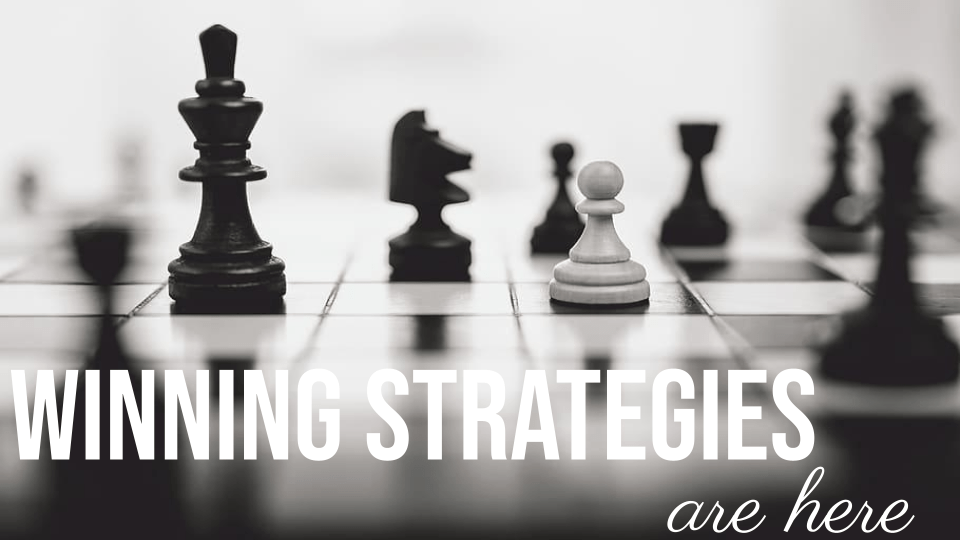
How to Visualize Faster
Visualization is one of the most important skills a chess player can possess, if not the most important. It decides many chess games, whether in combinations or in the endgame. But do you know what else is important in chess?
Time.
You could sit and stare at the board calculating your next move, but by the time you hit the clock, you might have knocked out 2 minutes of your time. So, in this blog, I'll show a couple ways to speed up your visualization and behold the future of your game.
What is visualization?
First let me explain what exactly this is. Visualization is using your brain to see the board after a couple moves. Why is this helpful? Well, take the following position.
White has a pin on the rook on g7 and can threaten mate with 26. Bb2, and the black queen would have to fall to save their king. However, there is a possible perpetual mate with the black rook and bishop, which may draw the game, and White has an extra knight. What should White do?
Well, if you use your mind's eye, you might be able to see that the perpetual check does not work after a rook sacrifice:
So, visualization is definitely helpful. But let's get into some shortcuts.
Forced Moves
Force moves are moves that give your opponent only one move that isn't an obvious blunder. A more precise definition is...
![]() It could be a check, a capture, or an attack of the enemy piece... a move that forces your opponent's response. - GM Eugene Perelshteyn
It could be a check, a capture, or an attack of the enemy piece... a move that forces your opponent's response. - GM Eugene Perelshteyn
When thinking up of your tactical combinations, look for forced moves. For most tactics, you have to calculate every reasonable response your opponent could play. However, if there's only one move that makes sense for your opponent, you have significantly less to calculate.
Counting Moves
This, and the next one, will focus on the endgame. Calculating many positions in this phase of the game just boil down to "I go here, you go there, I go here" etc. But that wastes a lot of time in the period where you have the least time. Instead, count the number moves it takes to get your piece to its ideal destination. Here's an example from GM Yasser Seirawan.
Above, Black must escort the pawn to b2 while bringing the king to c2 before he can promote, while White's goal is to move the rook to b8 and then rush his king to one of the two places it can protect b1, which are a2 or c2 (in this case, c2). Obviously, if Black's king reaches there first, then the white king is blocked off. So, who wins?
To figure out, count White and Black's needed number of moves. Black needs six to trudge his king and pawn to the 2nd rank (we don't count the promotion move because Black is already drawn anyway). White also needs six moves to get his rook and king into position. So, it comes down to whose move it is; if it's White's turn, they win, but if it's Black's turn, the game is drawn.
Square Rule
The method above helps for all endgames, especially rook and pawn, but king and pawn endgames are even easier if you follow the square rule. Take the following position. White wants to promote the pawn, but Black's king may be able to block it. So should White protect the pawn and try opposition, or let it go on its own?
Making a diagonal line from the pawn and drawing a box around it allows us to see whether the Black king would be able to catch the White pawn. If and only if Black can move into the square, the pawn falls. Here, it is White's move, so Black gets no such chance!
This square is very easy to visualize in blitz games and can save some crucial time, so use it! Now, here are some ways to improve your visualization.
Puzzles
Puzzles are something you should do anyway, as they are essential for 99% of chess (if you know what I'm saying.) However, puzzles also help visualization skills. Chess.com's daily puzzles especially help, as they are longer than most small tactics, but not too long. Here's the daily puzzle from my birthday:
Blindfold Chess
What is the best way to exercise a certain muscle? Well, you do an exercise that only uses that muscle, like bicep curls or tricep extensions. Same goes for chess muscles.
In blindfold chess, you cannot see the board, only the moves you and your opponent make. Thus, you exercise visualization the entire game.
Here are three ways to play this:
- Play Chess.com's blindfold variant.
- Play a chess game with blindfold style pieces (unrated recommended.)
- Play a game against a sibling or friend in real life, but instead of using the chessboard, say the moves you play.
That ends the blog! Visualization is an important tool to find your way through a difficult chess game. In many cases, the player with the best calculation come out on top. So, follow these tips and take your visualization to the next level.

